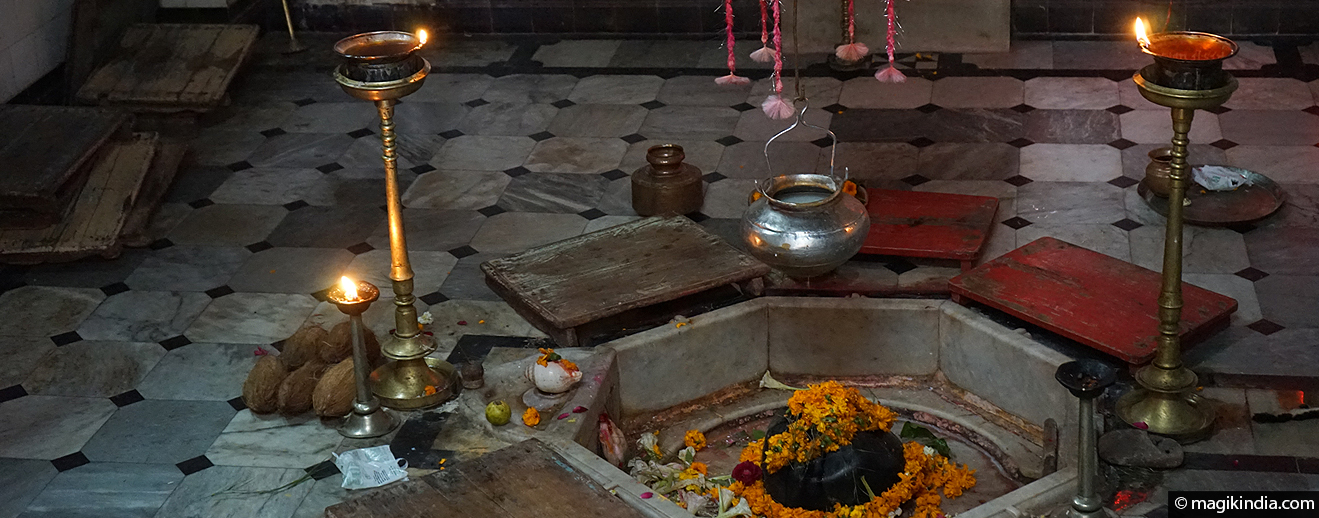
Vadnagar, the ancient town of Chamatkarpu
Vadnagar was once home to the celebrated sage Yagyavalkya, “knower of the Vedas”. Its rich history goes back over 4000 years, with some remarkable vestiges to tell the tale. The finest is the Hatkeshwar Mahadev temple.
A little history
More than 4000 years ago the town was known as Chamatkarpur. It was named after a king who was cured of leprosy by bathing in the town’s sacred lake. In gratitude, the king built many temples and palaces here.
It is also said that the famous sage (or rishi) Yagyavalkya, whose name means “Knower of the Vedas”, had his ashram in the town.
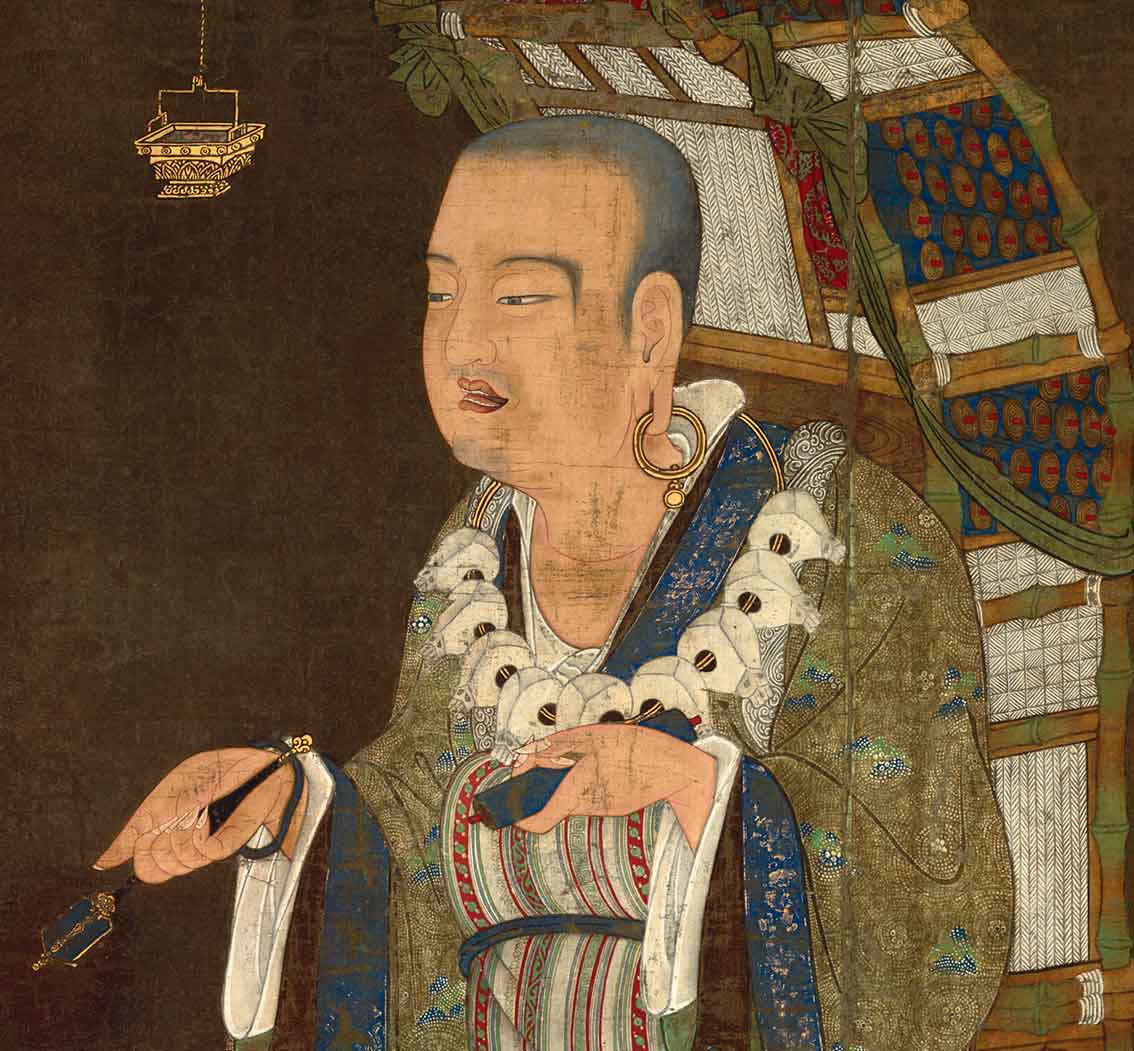
In the 6th century CE, both Buddhism and Jainism had a presence in Vadnagar. The famous Chinese pilgrim Hiuen-Tsang, who visited Vadnagar in 640 CE, wrote in his travelogue that there were 10 Buddhist monasteries with 1000 monks in Vadnagar. In 2009 the Gujarat Department of Archaeology discovered the remains of a Buddhist monastery in the town.
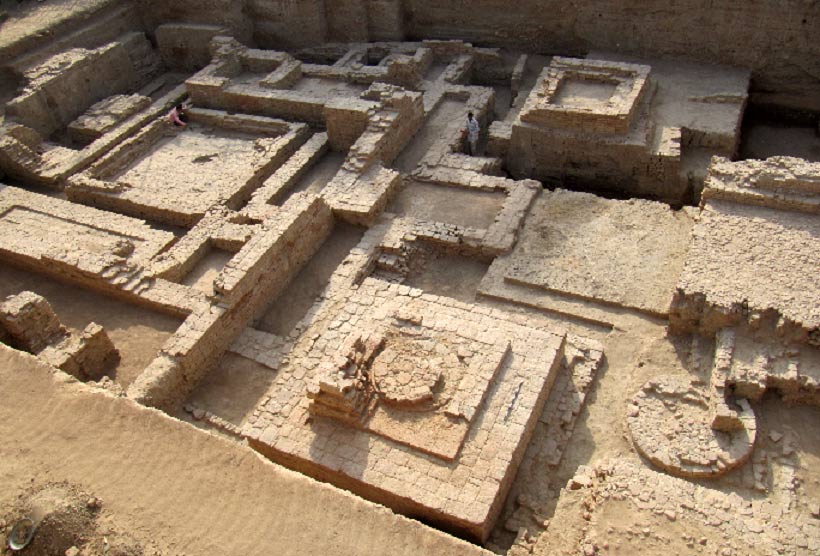
After some four centuries of peace under the Solanki dynasty (942 to 1244 CE), the powerful armies of the Delhi Sultanate marched on Gujarat. Vadnagar was sacked and burned, its elite massacred. By 1304, Gujarat was under the Delhi Sultanate’s rule; Vadnagar was no longer of any political significance in Gujarat’s new political geography.
In 2014, Vadnagar was in the spotlight again when Narendra Modi, a native of the town, became Prime Minister of India.

And now, let’s visit Vadnagar!
Hatkeshwar Mahadev Temple
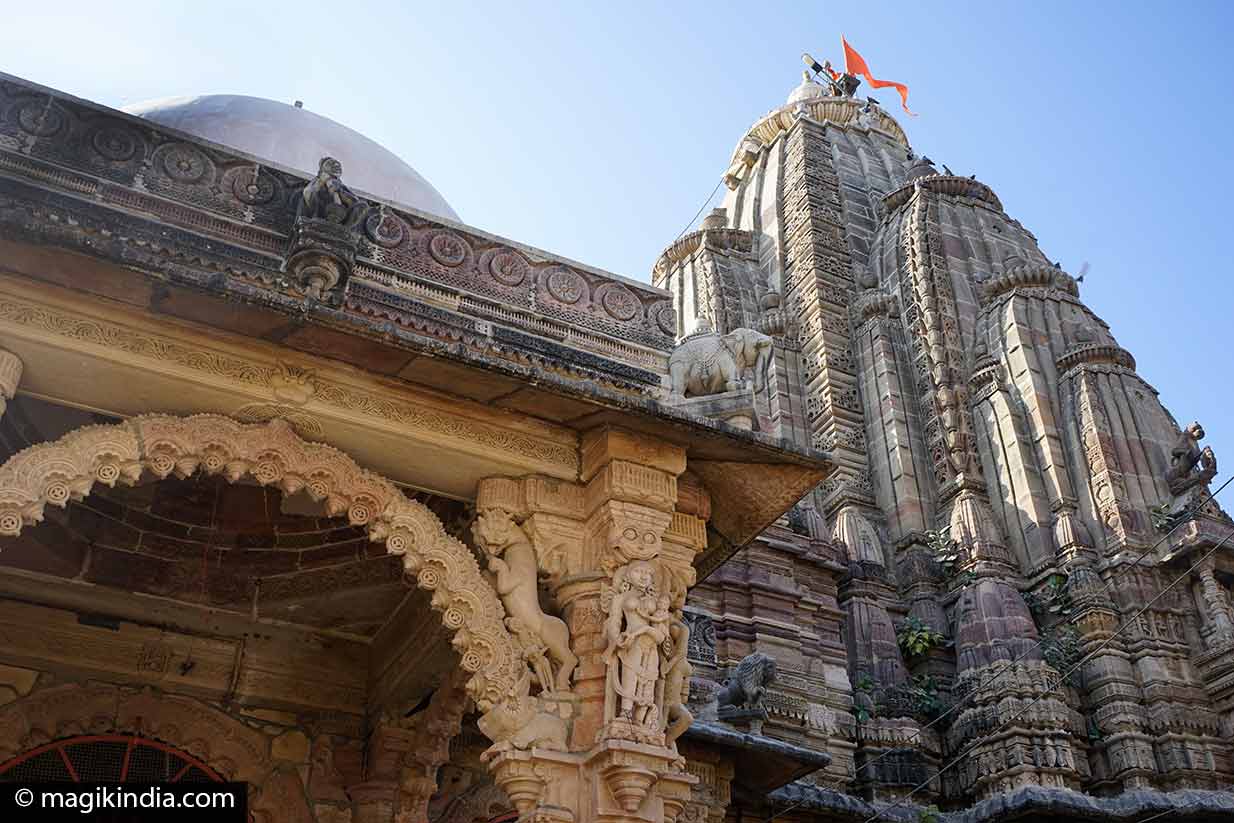
This lavishly carved 17th-century temple at the entrance to the town is dedicated to Hatkeshwar Mahadev (Shiva), the divinity of the Nagar Brahmin group who used to be a prominent community in Vadnagar.
The inner sanctum has a Swayambhu (“self-emerged”) Shiva lingam. The outside of the temple is magnificently decorated with musicians, apsaras, the main gods of the Hindu pantheon and scenes from the Ramayana and Mahabharata. A real feast for the eyes!
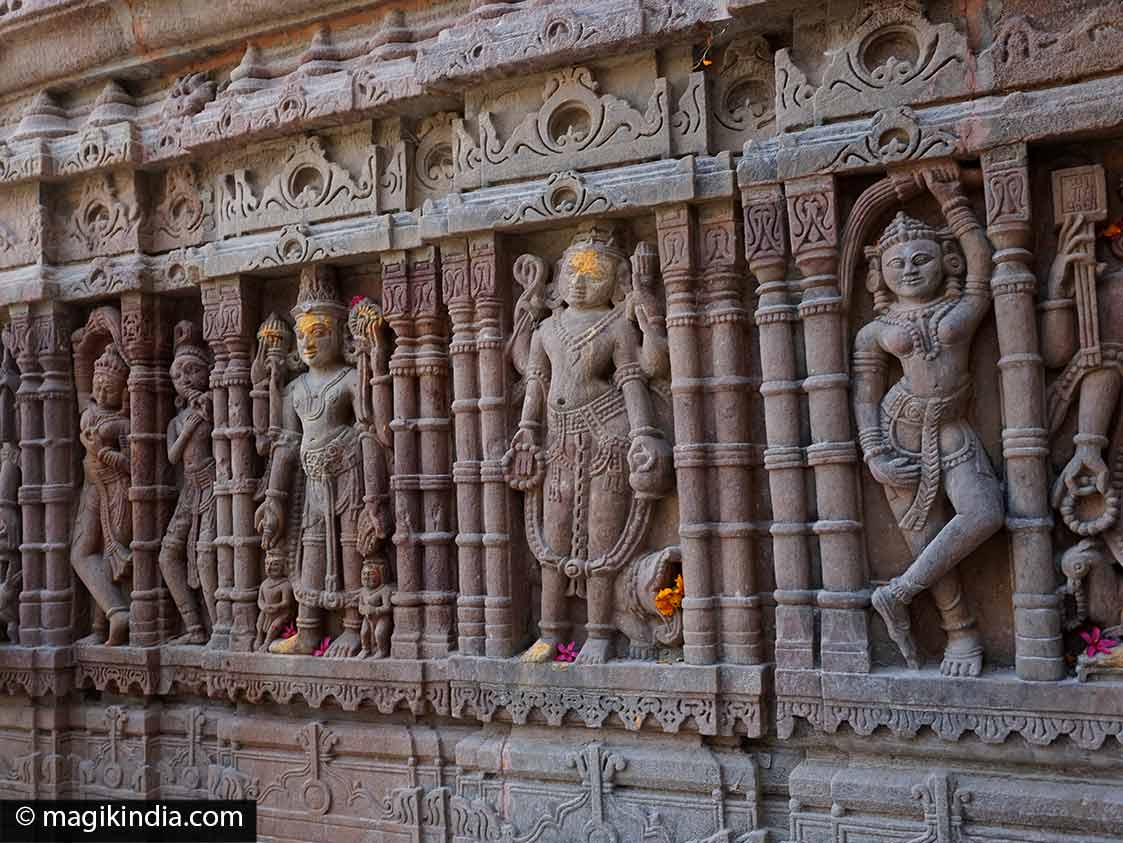
According to legend, this temple is nearly 1800 years old. It is said that the Sri Hatkeshwar Mahadev lingam goes right to the bottom of the earth, reaching the seventh and deepest level of the mythological subterranean region, Patal. It is also said to be made of solid gold (hatak means “gold”).

Tana et Riri Memorial
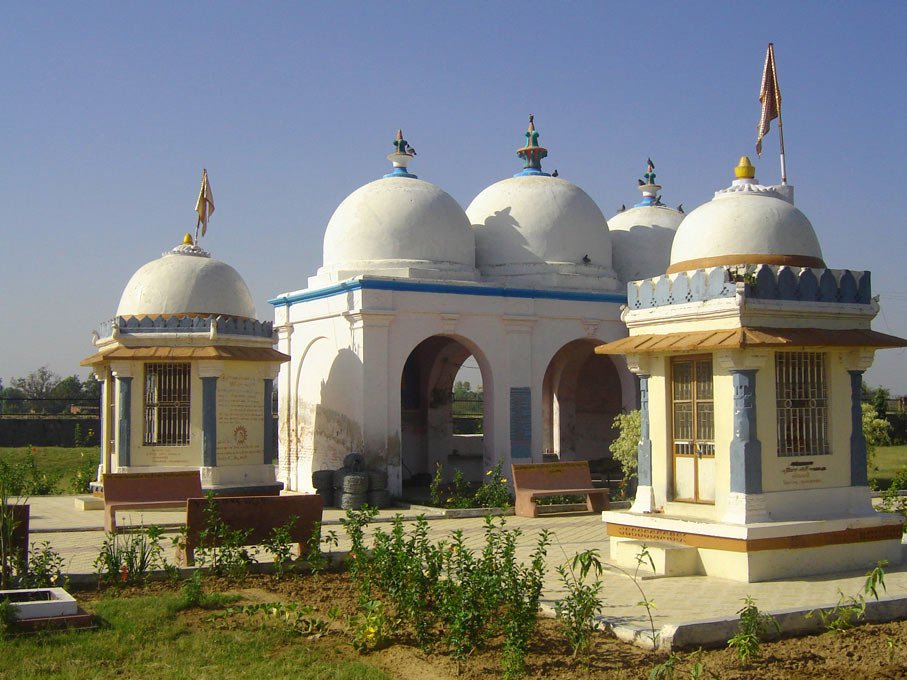
The samadhi (tomb) of Tana and Riri, south of the town, honours the courage of two 16th century sisters.
They were singers, and chose to commit suicide rather than sing for the Emperor Akbar.
Gauri kund

The Gauri Kund, outside the town, is a square tank (kund) with a pavilion. People still come here to perform funerary rites..
Torans
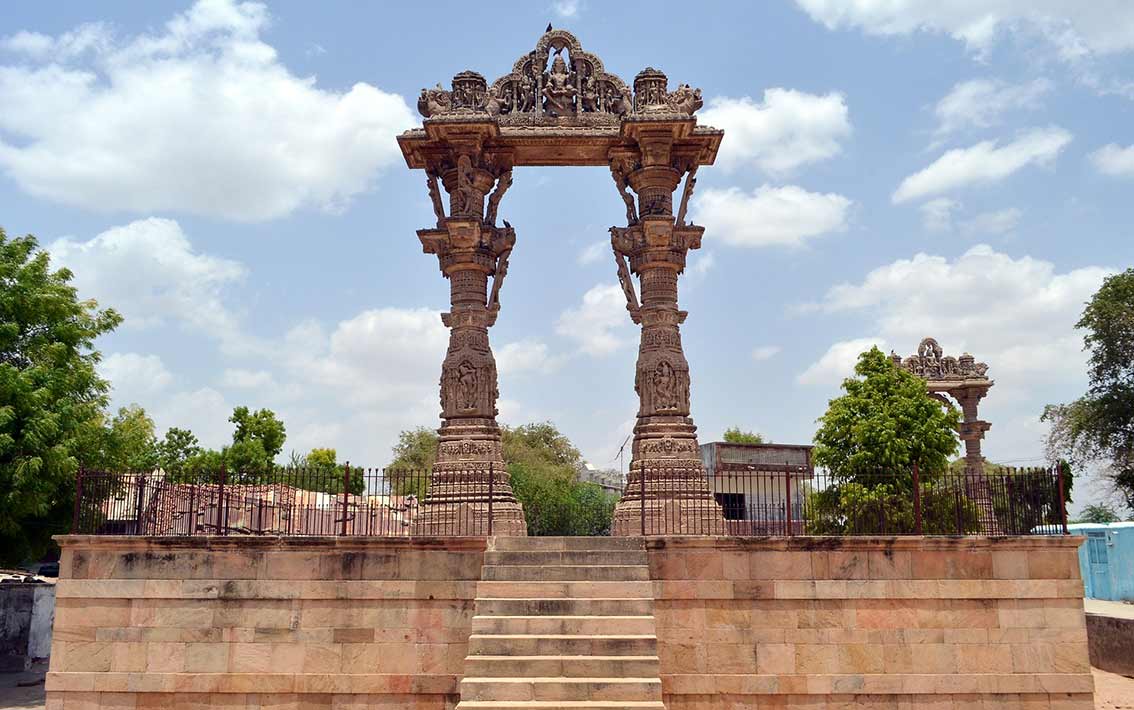
These torans or triumphal gateways are on the west bank of Sharmishtha Lake. They were built by the Solanki kings in the 10th century to commemorate decisive military victories.
Paschim Metha Ni Vav
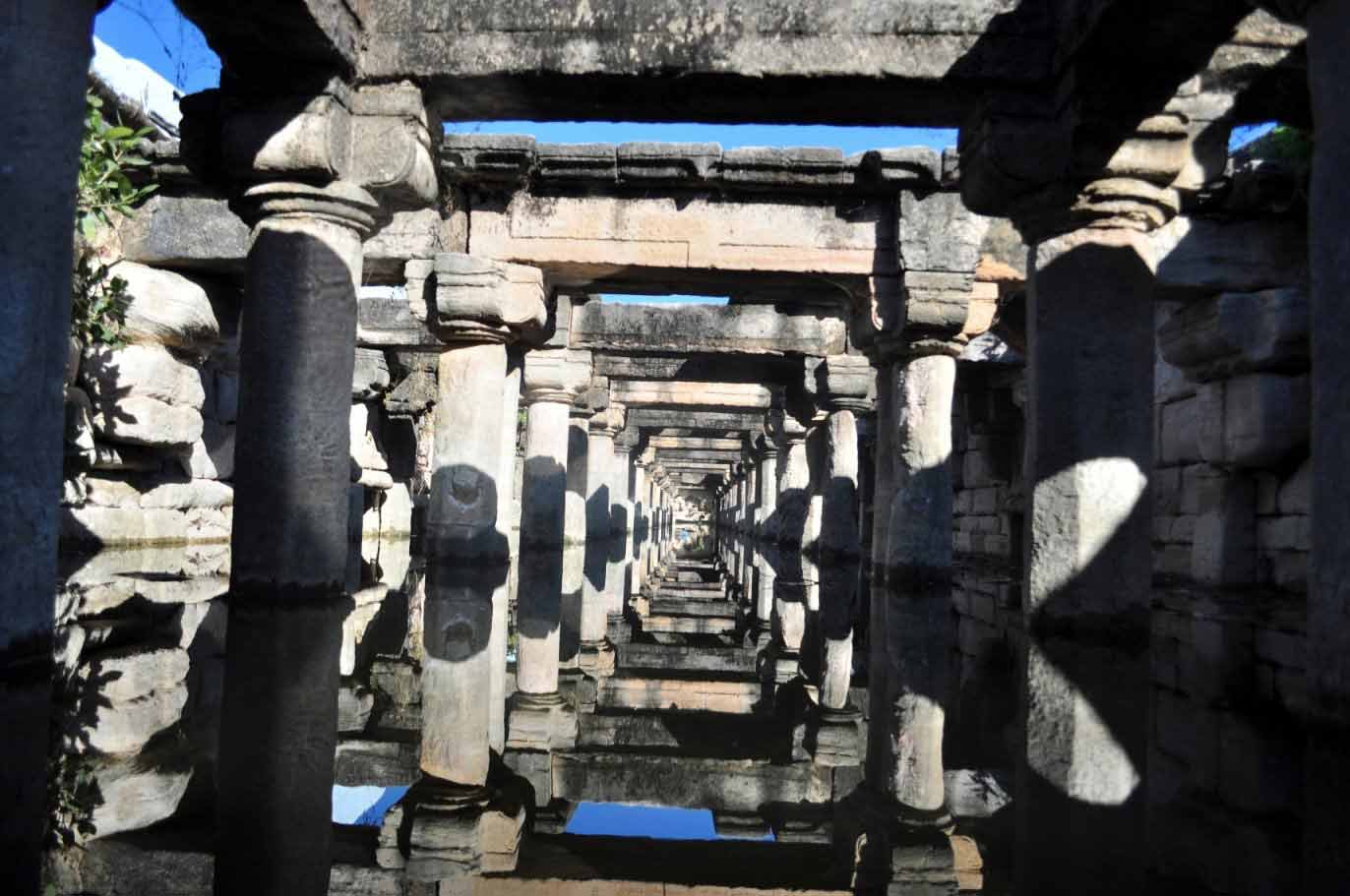
Paschim Metha Ni Vav is a 16th-century seven-level well outside the town, near Gauri Kund. Unfortunaltey not well maintained.
Saptarshi Aro
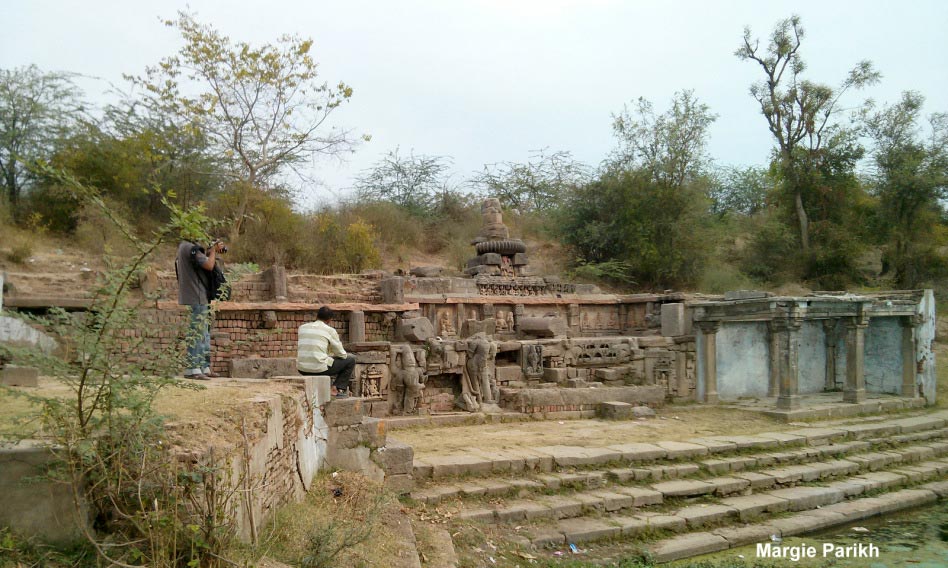
If you have a good guide (which was not my case), he/she will certainly lead you to the Saptarshi (“the seven sages”) located beside a pond to the east of Sharmishtha Lake.
It was once surrounded by fine buildings and temples, and had stone steps all round leading down to the water.
It is thought that this is where the saint Yagyavalkya set up his ashram.
Old gates
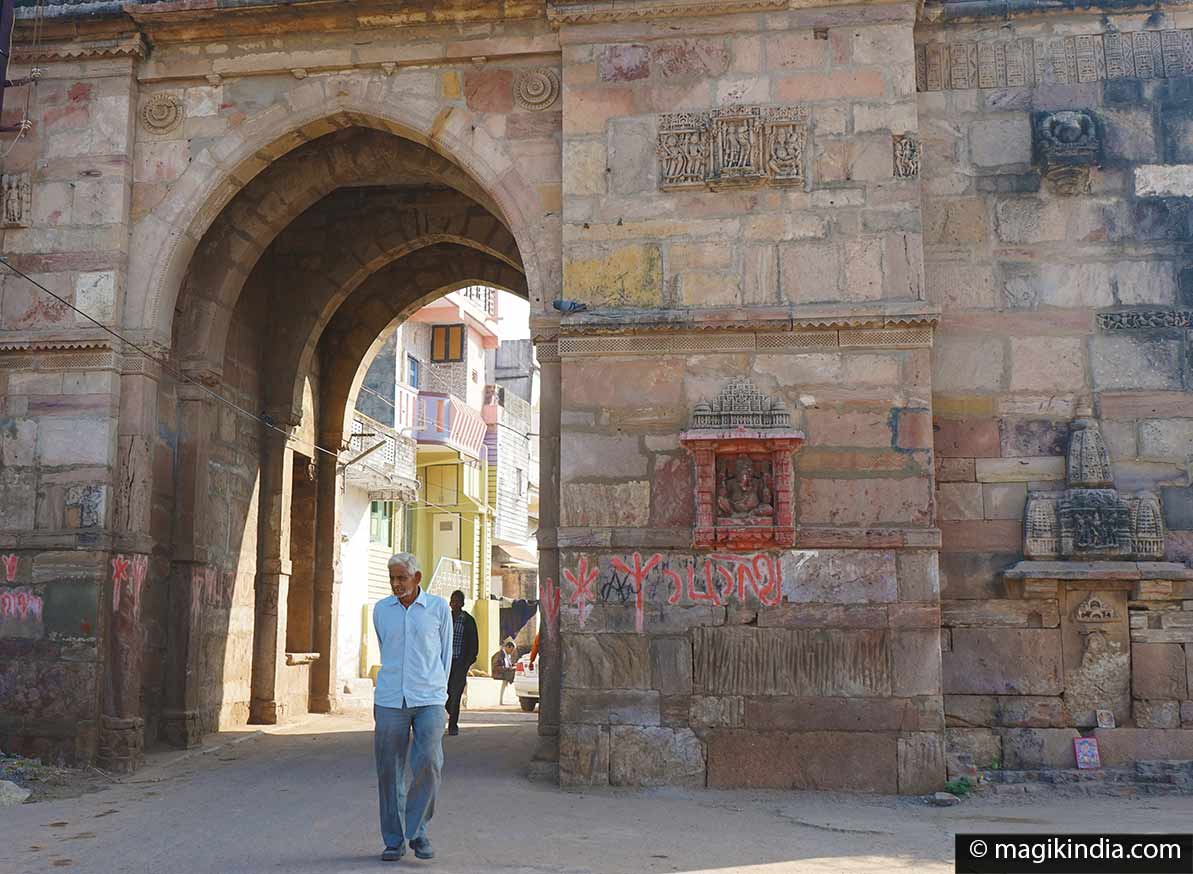
The old town once had a fort with six gates built by the Solanki king Kumarpal in 1152 AD.
Today the fort’s perimeter wall had largely been destroyed, but five of the six gateways remain, each one built to a different interesting design.

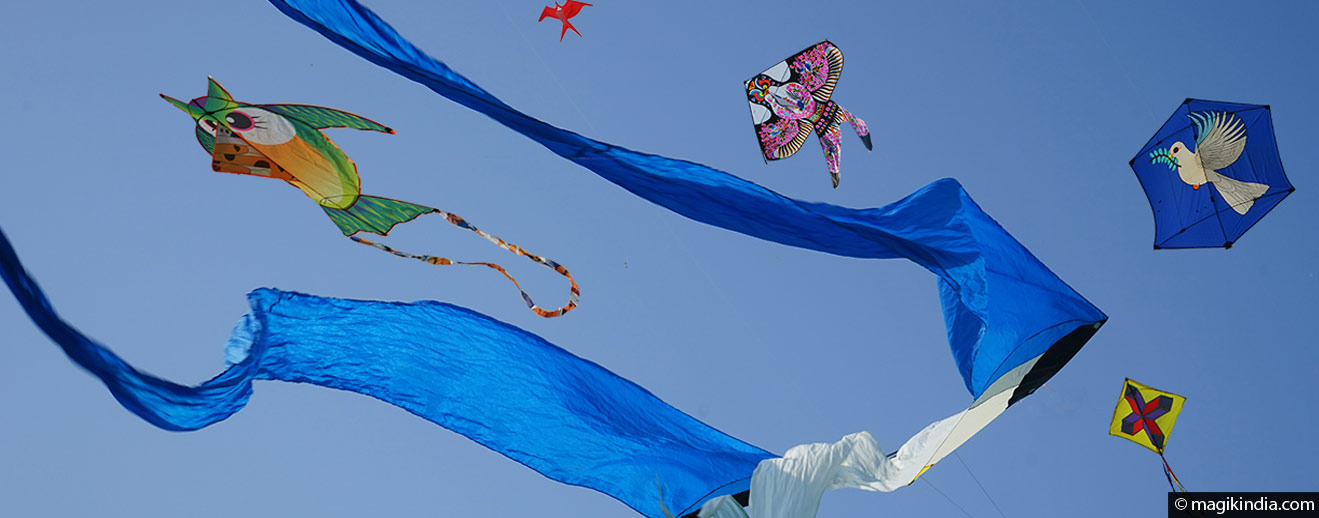
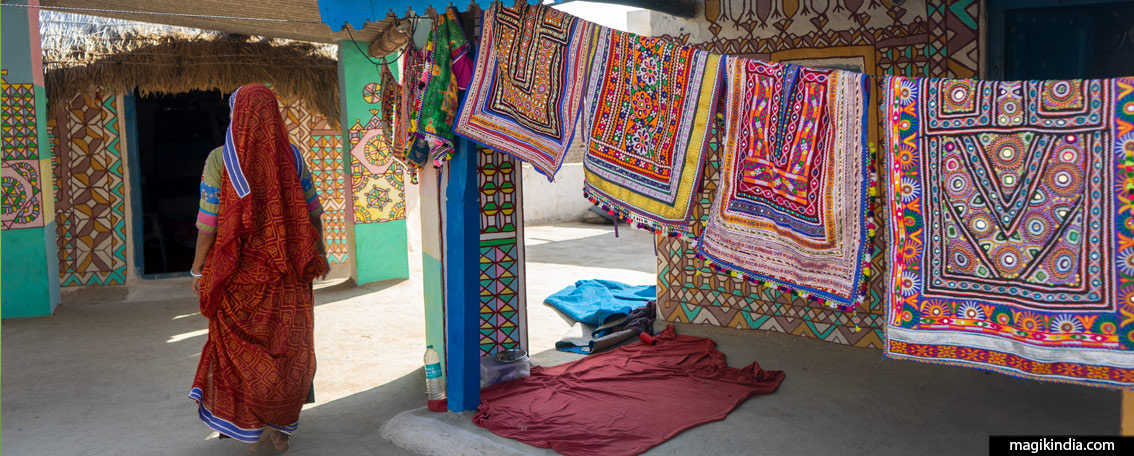
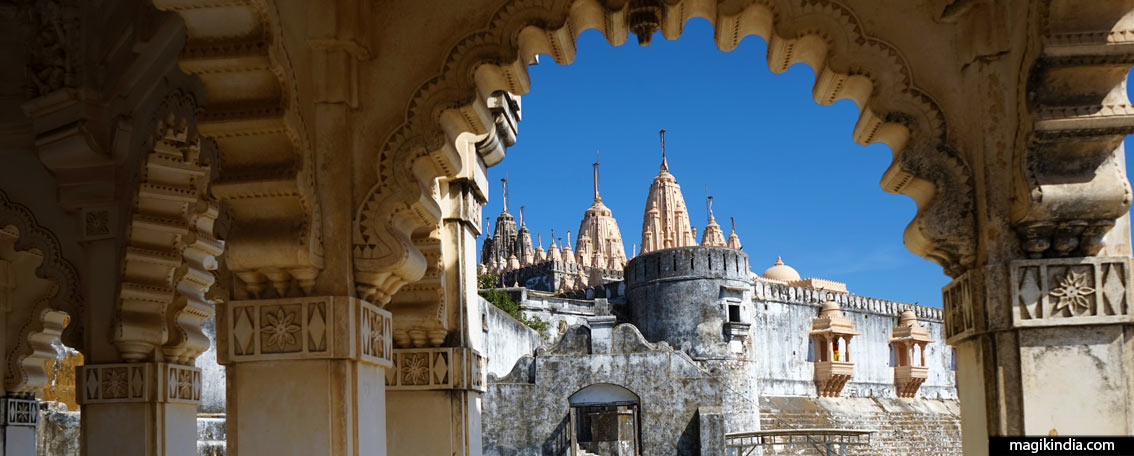
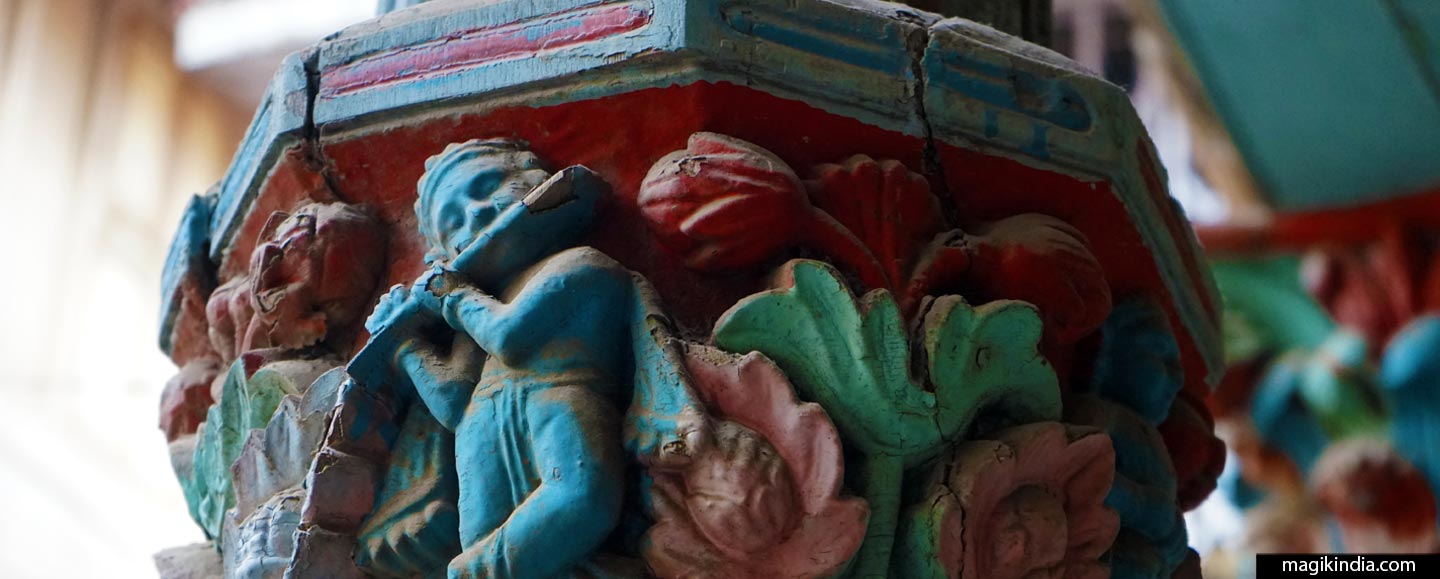
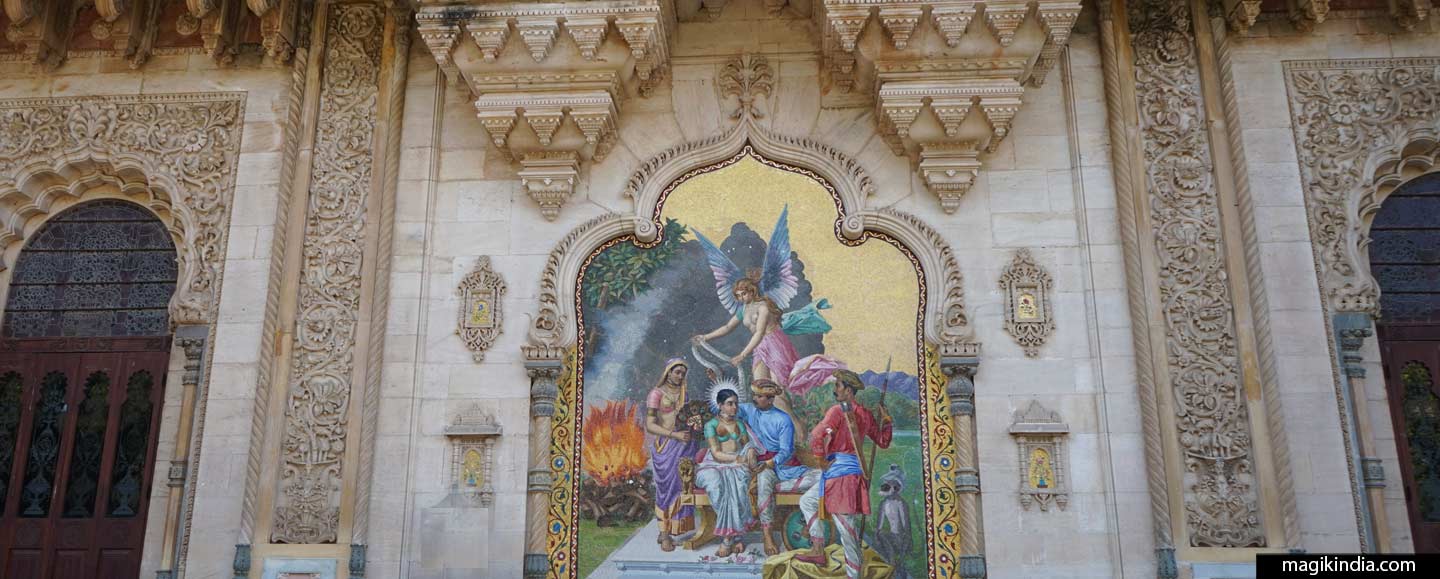
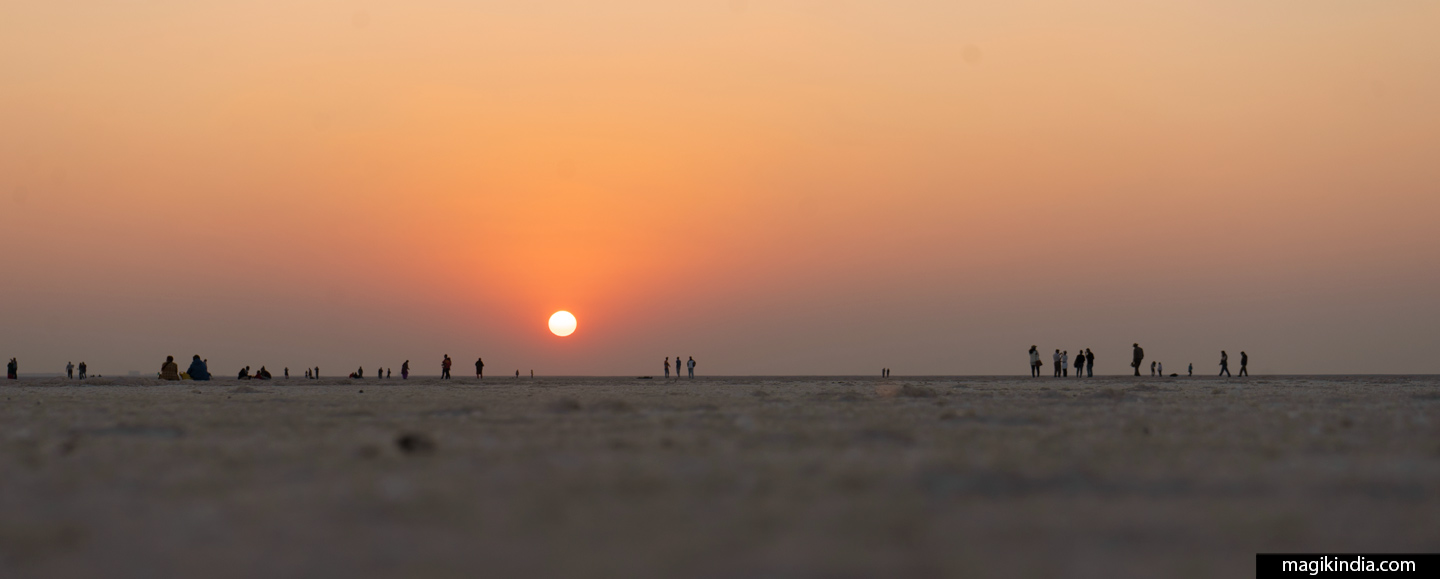
Nice article !
Thanks 🙂